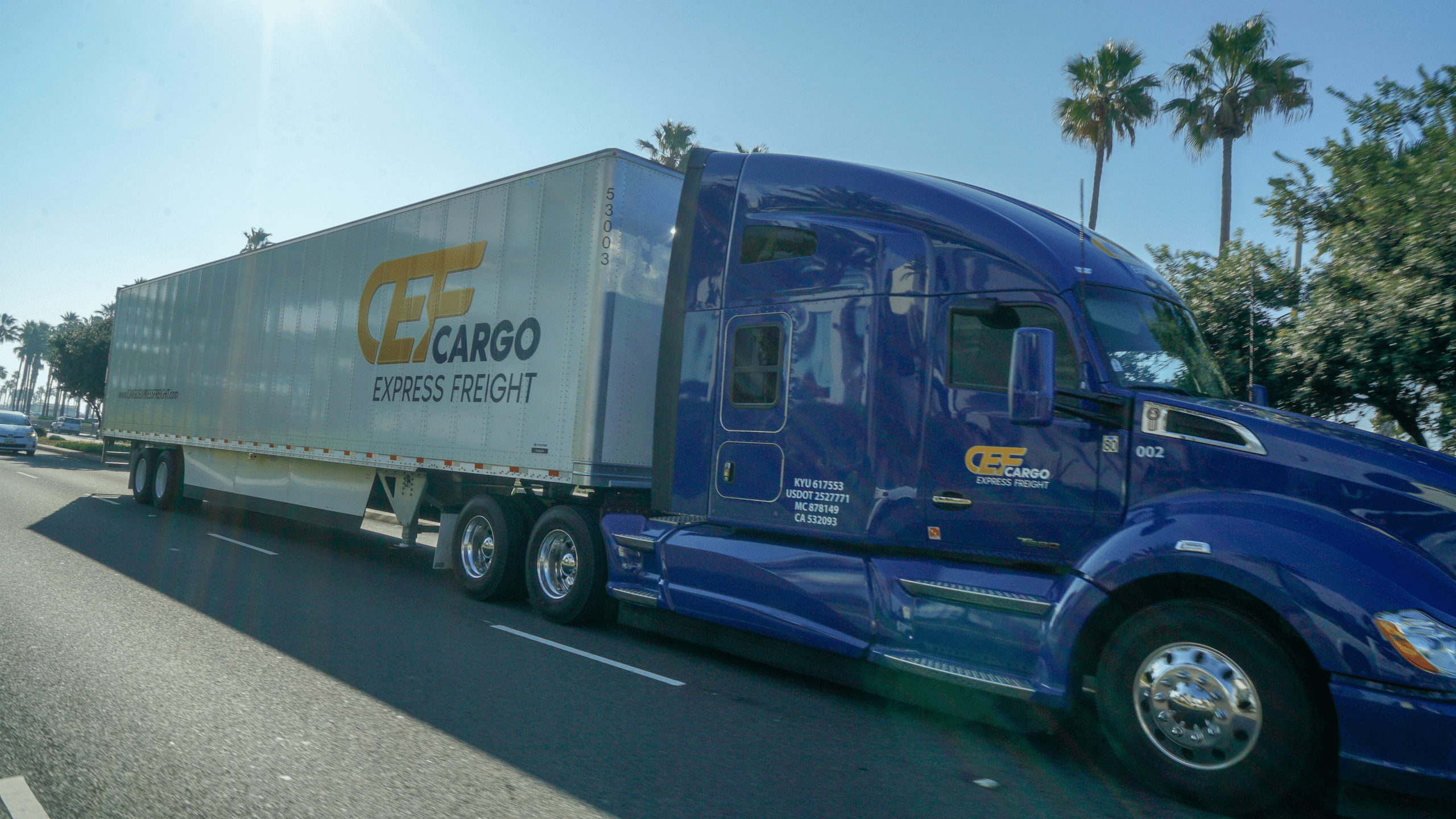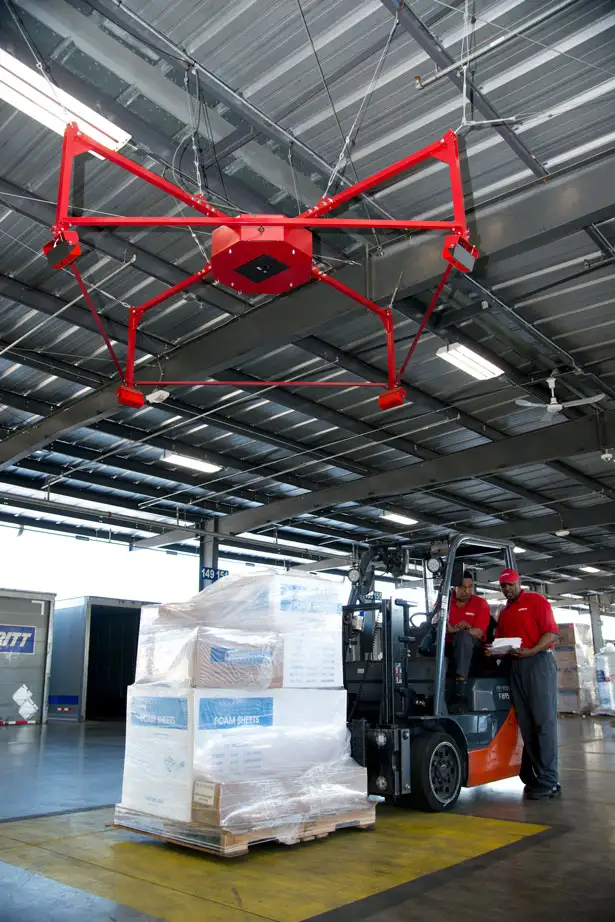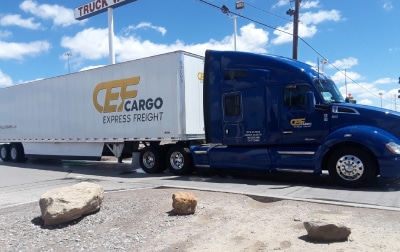Are you tired of unexpected fees showing up on your freight invoice? Reclass fees can be a huge headache for shippers, but they are entirely avoidable with a little bit of knowledge about freight classification. In this post, we’ll discuss what freight classification is, how it affects your shipping costs, and how to avoid those pesky reclass fees.
What Is an NMFC?
NMFC stands for National Motor Freight Classification. This is a standardized system used by carriers to determine the appropriate freight class for a shipment. There are 18 different freight classes ranging from class 50 to class 500, based on the density, stowability, handling, and liability of the shipment.
This database of codes was created by the National Motor Freight Traffic Association (NMFTA) and pairs different commodities to a specific number based on 4 criteria. Density, Stowability, Handling, and Liability.
You can think of NMFC codes like Grocery Store SKU#s. Each produce item has a different number that classifies the cost when it is scanned. In the same way, Commodity NMFC codes can be looked up in the NMFTA database to match and confirm the details of the product. This is why it is extremely important to include a good description of the freight along with the NMFC code on every BOL to avoid reclasses from the carrier.
The rest of this article provides an in-depth description of how commodities are paired with their correct class.
Density:
The density of your shipment is a key factor in determining its freight shipping class. Density is calculated by dividing the weight of the shipment by its volume in cubic feet. In less than truckload shipping, freight density is calculated by the weight and dimensions of each pallet.
The higher the density, the lower the freight class. Items that take up a lot of space, but are relatively lightweight will have a higher class.
The lighter a pallet is, the higher the class will be (i.e., ping pong balls = class 500), and vice versa (i.e., raw steel/metal = class 50). This may seem counter-intuitive, but from the perspective of the carrier, they want to haul as much freight as possible that takes up as little space in the trailer as possible.
Stowability:
By definition, stowability refers to how the dimensions (size and shape) of the goods being shipped fit into the container that is facilitating the shipment. Awkward or over-length shipments are more difficult to arrange and result in a higher cost. Also, anything that is considered “non-stackable” will be calculated up to a height of 96″ the ceiling of the trailer since the carrier cannot use any of that additional space.
Carriers like nice square 48×40/48×48 pallets to maximize their space potential.
Handling:
Handling concerns how easy it will be to load/offload the freight in between terminals while in transit. Size, shape, fragility, and how well an item is packaged all goes into the handling consideration and determining freight class. Some items require special handling due to their fragility or hazardous materials. These items may have a higher freight class due to the additional care required during transportation.
Many NMFC codes will list multiple options – one for “crated or palletized freight” and another for “loose, in bags, or otherwise packaged freight”, with the resulting classes being higher for more difficult to handle items.
Liability:
Liability refers to the probability of an item being damaged or stolen, or the possibility that the item will damage surrounding freight. Items that are more valuable or more prone to damage may have a higher class due to the increased liability for the carrier.
How Does Class Affect Cost?
Your freight class is a major factor in determining your shipping costs. The higher your class, the higher your shipping costs will be. That’s because higher class items take up more space on a carrier’s trailer and require more careful handling, which all contribute to higher costs for the carrier.
Weight also plays a factor. If you are shipping 3,000 lbs of “class 150 freight” it will be more expensive than a shipment of 300 lbs at “class 300”. But generally, the lower the class, the cheaper the cost will be to ship.
Carriers use a “Dimensionalizer” (pictured) to precisely measure the size of your pallet using sensors and laser technology that is accurate within 1/32″. Every pallet that comes into the terminal is put on this machine to verify that the details entered on the BOL are accurate. If the measurements are inaccurate, or someone listed the freight class wrong on the BOL, they might add additional charges.
Below is the LTL freight class chart and examples of commodities that fall into each.
| Class Name | Samples | Weight Range Per Cubic Foot |
| Class 50 – Clean Freight | Steel, Raw metal building materials, *Must fit on 4’x4′ pallet | Over 50 lbs. |
| Class 55 | Bricks, cement, hardwood flooring, magazines, copy paper | 35 – 50 lbs |
| Class 60 | Car accessories & car parts, steel cables, moldings, Tile | 30 – 35 lbs |
| Class 65 | Car parts & accessories, bottled beverages, books/paper, conveyors, electric cords, | 22.5 – 30 lbs |
| Class 70 | Newspapers, machinery, caskets, unassembled furniture, food items, automobile engines | 15 – 22.5 lbs |
| Class 77.5 | Bathroom fixtures, garments, shirts/pants, snowplows, | 13.5 – 15 lbs. |
| Class 85 | Crated machinery, transmissions, clutches, doors, CDs/DVDs, motorcycle engine | 12 – 13.5 lbs |
| Class 92.5 | Computers, monitors, refrigerators and freezers, gas-powered generators, | 10.5 – 12 lbs |
| Class 100 | Vacuum, boat & car covers, canvas, wine cases | 9 – 10.5 lbs |
| Class 110 | Cabinets, framed paintings & artwork, table saw | 8 – 9 lbs |
| Class 125 | Small household appliances, pictures/posters in boxes, Trade Show materials, vending machines | 7 – 8 lbs |
| Class 150 | ATV, jet skis, motorcycles, assembled wooden furniture | 6 – 7 lbs |
| Class 175 | Clothing, couches | 5 – 6 lbs |
| Class 200 | TVs, aircraft parts, aluminum table | 4 – 5 lbs |
| Class 250 | Bamboo furniture, engine hoods, mattresses and box springs | 3 – 4 lbs |
| Class 300 | Wood cabinets, tables, chairs, model boats, kayaks/canoes, chassis | 2 – 3 lbs |
| Class 400 | Deer antlers | 1 – 2 lbs |
| Class 500 (Low Density or High Value) | Antiques, ping pong balls | Less than 1 lb. |
Further Distinction
There are two main distinctions when it comes to NMFC codes, “True Class” commodities, and “Density-Based” commodities. A True Class item has one NMFC code designated that keeps your product at one class regardless of the weight and dimensions. For example, NMFC #182340 “Tile” would always be shipped at class 60 regardless of how big or small the pallet is.
A Density-Based commodity has a proper code that classifies the item, but the class can change depending on the weight and dimensions of the shipment. For example, NMFC #49880 “Clothing” could be class 60 if the pallet was very heavy with small dimensions (more dense), all the way up to class 400 (less dense).
In a Density-Based NMFC situation, we first use our freight density calculator to determine PCF (pounds per cubic foot), and then assign the correct code.
For example, Clothing pallet 48x40x72 @ 800 lbs = Class 92.5 – NMFC #49880-07.
Finding Your Accurate Freight Class Is Critical
As you can see, there are many factors that go into determining your freight class. It’s important to accurately determine your freight class, as an incorrect classification can lead to unexpected fees, delays, and even lost or damaged freight.
Knowing what NMFC code to put on your BOL is critical to obtaining accurate rates and staying competitive in your market. It doesn’t help your business to get a quote at one cost and relay that to your customer, just to have hundreds of dollars added on the back end because there was a missing classification that could have easily been added to the BOL. You will end up frustrating your customers and putting a strain on your relationship. No one likes to ask for more money after an amount was agreed upon.
Cargo Express Can Help You Determine Freight Classification
If you’re not sure how to classify your shipment, don’t worry – Cargo Express Freight is here to help. We have years of experience working with all types of freight and can help you determine the correct classification for your shipment. Our team of experts will take into account all of the relevant factors, such as density, stowability, handling, and liability, to ensure that your shipment is classified correctly.
Contact Cargo Express
If you’re ready to avoid reclass fees and ensure that your freight is classified correctly, contact Cargo Express Freight today. Our team of experts is standing by to help you with all of your freight transportation needs. Whether you need full truckload, less than truckload, air freight, ocean freight, or intermodal transportation, we have the experience and expertise to get your freight where it needs to go – on time and on budget
Contact us today!



